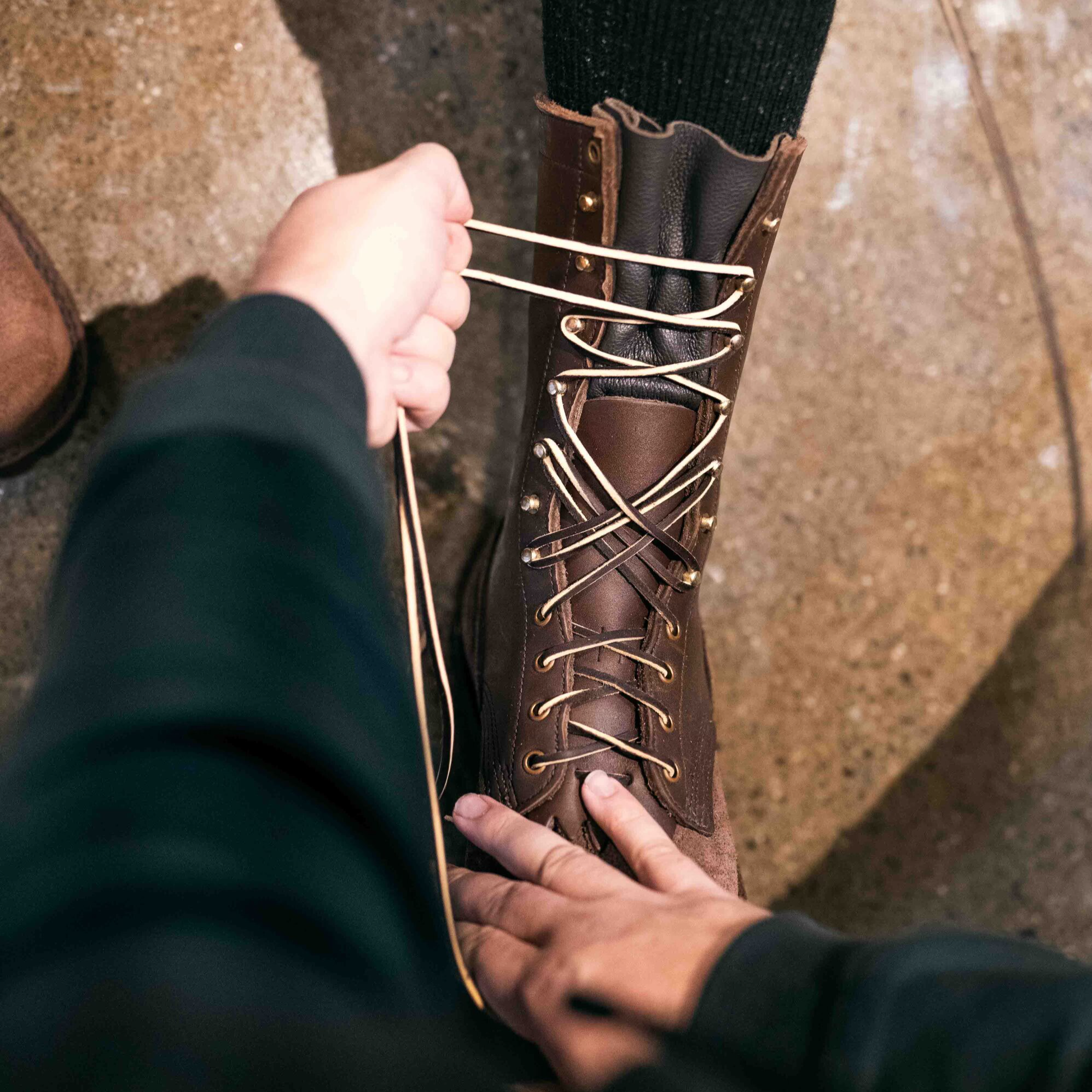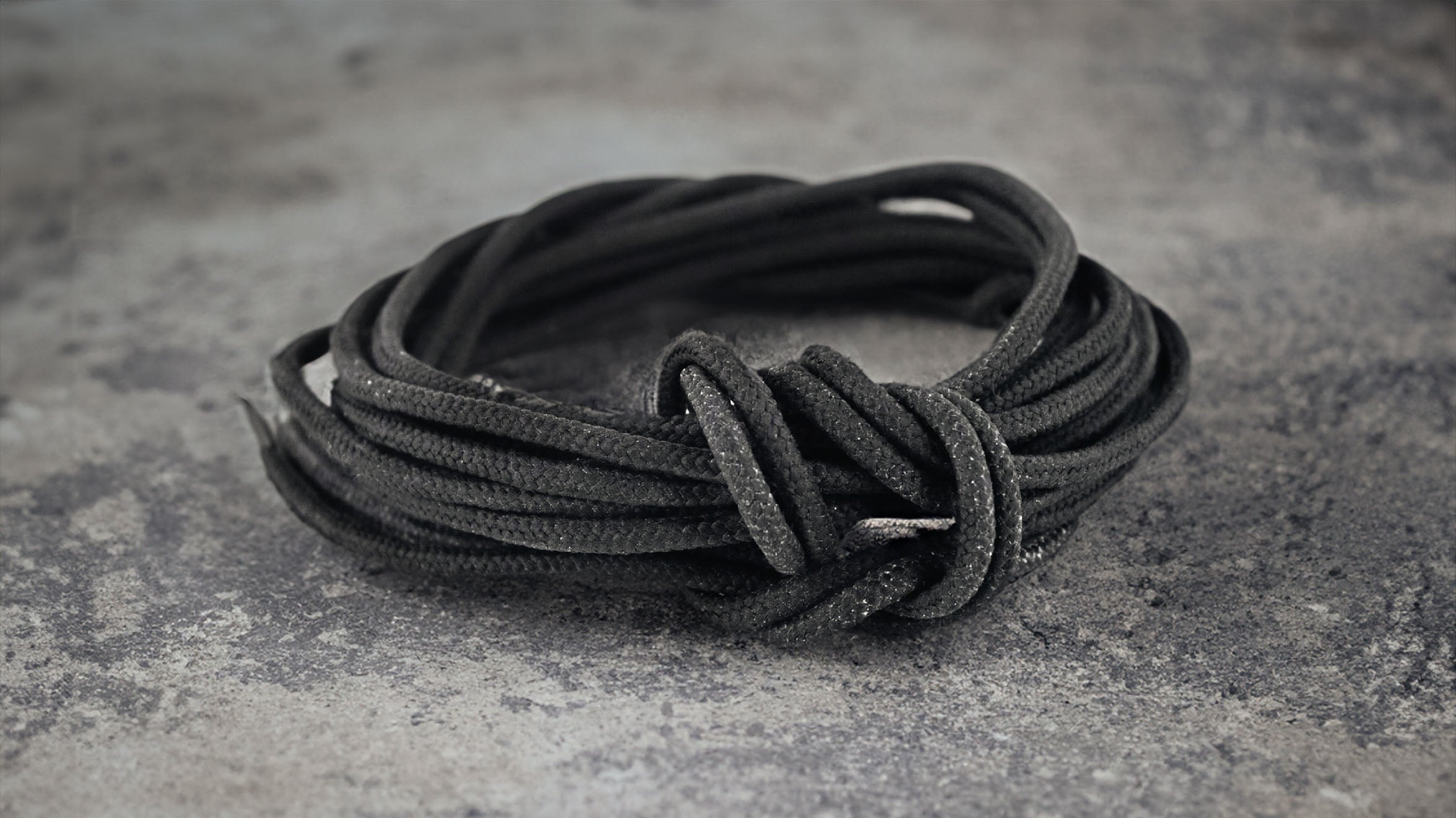Which Part of Insulated Work Boots is Dielectric?
Not every work boot offers dielectric protection. To be electrically insulating, boots must have a rubber sole and some form of waterproofing. Additional insulation inside can also provide dielectric properties.
Electrical Hazard (EH-Rated) leather boots won’t be dielectric as they’re not waterproof. If you’re looking for a dielectric work boot, you’ll need waterproof, insulated boots, preferably with a high shaft.
Insulated winter work boots are dielectric, as they can be used in wet, icy, and cold conditions, thanks to their rubber sole and integrated waterproofing.
Which Parts of an Insulated Work Boot are Dielectric?

Whether you work around electrical hazards or not, having the proper work boots on your feet could be the difference between a near miss and a nasty accident.
Wearing EH-rated work boots is a great way to protect yourself from electric shocks, and they’re easy to buy, with most safety boots conforming to ASTM F2413 ratings. That means your boots will be tested to withstand up to 18,000 volts for up to a minute in dry conditions.
The key phrase is “dry conditions,” but what if the conditions are wet or icy? In that scenario, you’ll need to check your boots are dielectric, ensuring you’re still protected regardless of the conditions.
How Can You Tell if a Boot is Electrically Rated?

The ASTM F2413 -08 ratings that many work boots conform to mean they’ll have a non-conductive surface and be able to withstand 18,000 volts for up to a minute in dry conditions.
There’s some confusion, though, as a dielectric boot also conforms to the same rating—there isn’t a separate, specific rating for dielectric boots. That can mislead you into thinking that any boot that states it conforms to ASTM F2413 means it’s also dielectric when it’s not.
Regardless of a rubber sole, they aren't dielectric if your boots don’t have insulation or waterproofing. They’re simply EH-rated, which is fine for working indoors, but nowhere near safe enough when you’re ankle-deep in snow or mud.
If you’re looking for new boots, you’ll need to make sure it’s stated that they meet ASTM F2413 ratings, but if you need to check your existing boots, it’s worth checking the label stitched inside, as that should also tell you if they’re EH-rated.
Which Parts of an Insulated Work Boot are Dielectric?
You’ve understood that simply meeting ASTM F2413 ratings doesn’t mean your boot is dielectric. It’s time to understand which parts of your boot will make them dielectric.
There are several parts of an insulated work boot that can make it dielectric.
- A thick, vulcanized rubber sole.
- Insulating properties.
- Waterproofing.
- Excellent grip.
- A high shaft that’s protective yet easy to remove.
The first part of the boot you’ll need to check is the sole. A thick rubber sole is vital for preventing electrical current from earthing itself. If your boots have a leather sole, they’re not only not dielectric, they’ll not be EH-rated either.
The second important thing to look out for is insulation. Insulated work boots add protection from high voltage electrical current as the insulating properties can prevent current from being grounded. The most popular boot insulation is Thinsulate, though there are alternatives.
Waterproofing invariably means using rubber, as it’s one of the best materials for keeping your feet dry. As well as providing waterproofing, rubber is excellent at restricting high voltages from grounding.
A rubber sole on your boots is an absolute must, and when combined with insulating neoprene insoles can prove a tough nut to crack. Dielectric boots have to prevent high voltages from passing through your body, and nothing does that better than thick rubber soles and a neoprene footbed.
Wearing insulated boots can often mean working in extreme temperatures and conditions, so your boots must have an excellent grip on icy, wet surfaces. The thicker the sole and the chunkier the lugs, the better the protection from electric current.
When working in freezing temperatures, the higher the shaft on your boots, the warmer you’ll be. A taller shaft can also help when the floor is icy, as you’ll be less likely to turn your ankle if you slip. You’ll also benefit from the additional protection that an insulated shaft provides from electrical cables.
What To Look For
Brass has a very low conductivity rating, so if your boots have eyelets or hooks, you should check to ensure they won’t help conduct electricity. Another consideration is the quality of the materials used to make your boots.
Dielectric boots are often constructed using thicker materials, built to last in rugged conditions. Compromising on the quality of materials may lower the cost but also reduces durability, something that’s not advisable when dealing with high voltages.
Better Safe than Sorry
Suppose you’re exposed to potential electrical hazards while working in cold, wet conditions. Finding insulated, waterproof boots with a rubber sole is the only choice—remember, in that case, EH-rated doesn’t always mean dielectric.
One of the toughest insulated boots is the JK Boots Arctic No. 1. For the most demanding jobs in some of the harshest conditions, it’s a superior boot that covers every requirement if you’re looking for an insulated work boot.
The Arctic No 1 is hand-crafted from the very best materials available, including 8oz premium leather, and comes with a thick, WhiteX sole with an insulated neoprene footbed liner. With outstanding insulation due to a 200g Thinsulate upper and 400g lower, the Arctic No. 1 has a 10” shaft for extra protection.
FAQs
Are insulated work boots dielectric?
Insulated work boots with a rubber sole can be dielectric, providing the rest of the boot meets ASTM F2413 standards, and the boot is waterproof. If you’re wearing EH-rated boots that aren’t waterproof, they can’t be classed as dielectric.
How do you tell if boots are electrically rated?
Electrically rated boots will have EH clearly visible inside the label that’s sewn inside your work boots. If you plan on buying new boots, it will also be easy to identify them as EH-rated, as the retailer will promote that they meet ASTM standards.
How do you test dielectric boots?
To ensure a boot is dielectric, every boot has to be tested. The test involves filling a boot with water and placing it inside a metal container full of water. An electrode is placed inside the boot, and another is connected to the metal container. A current is run through the electrode to ensure a connection isn’t being made. If it is, the boot isn’t preventing current.











Leave a comment